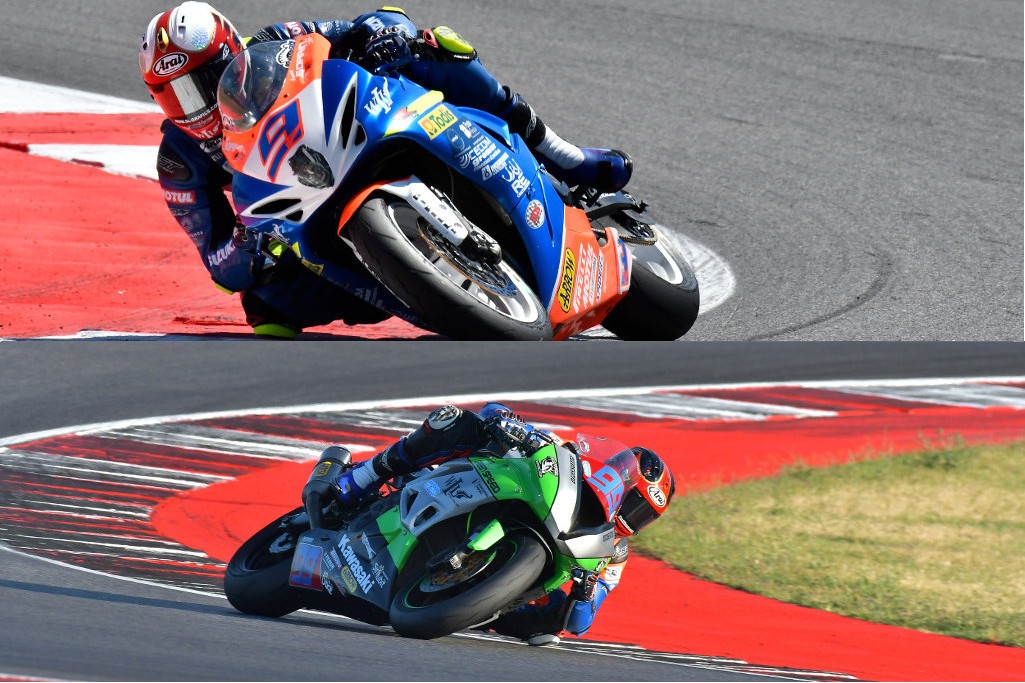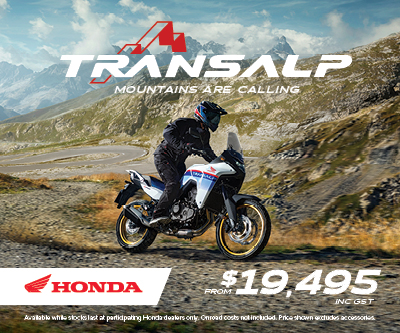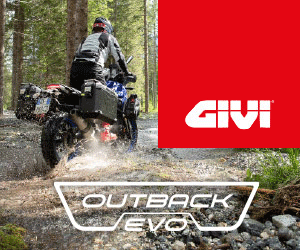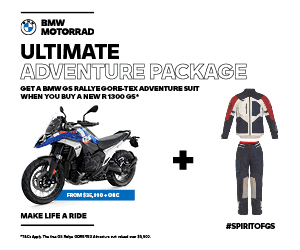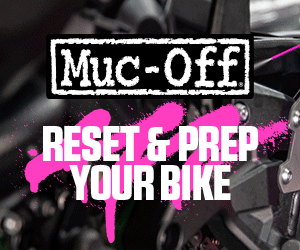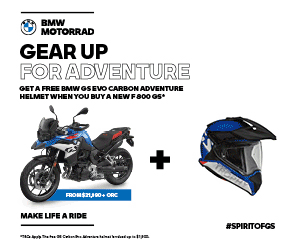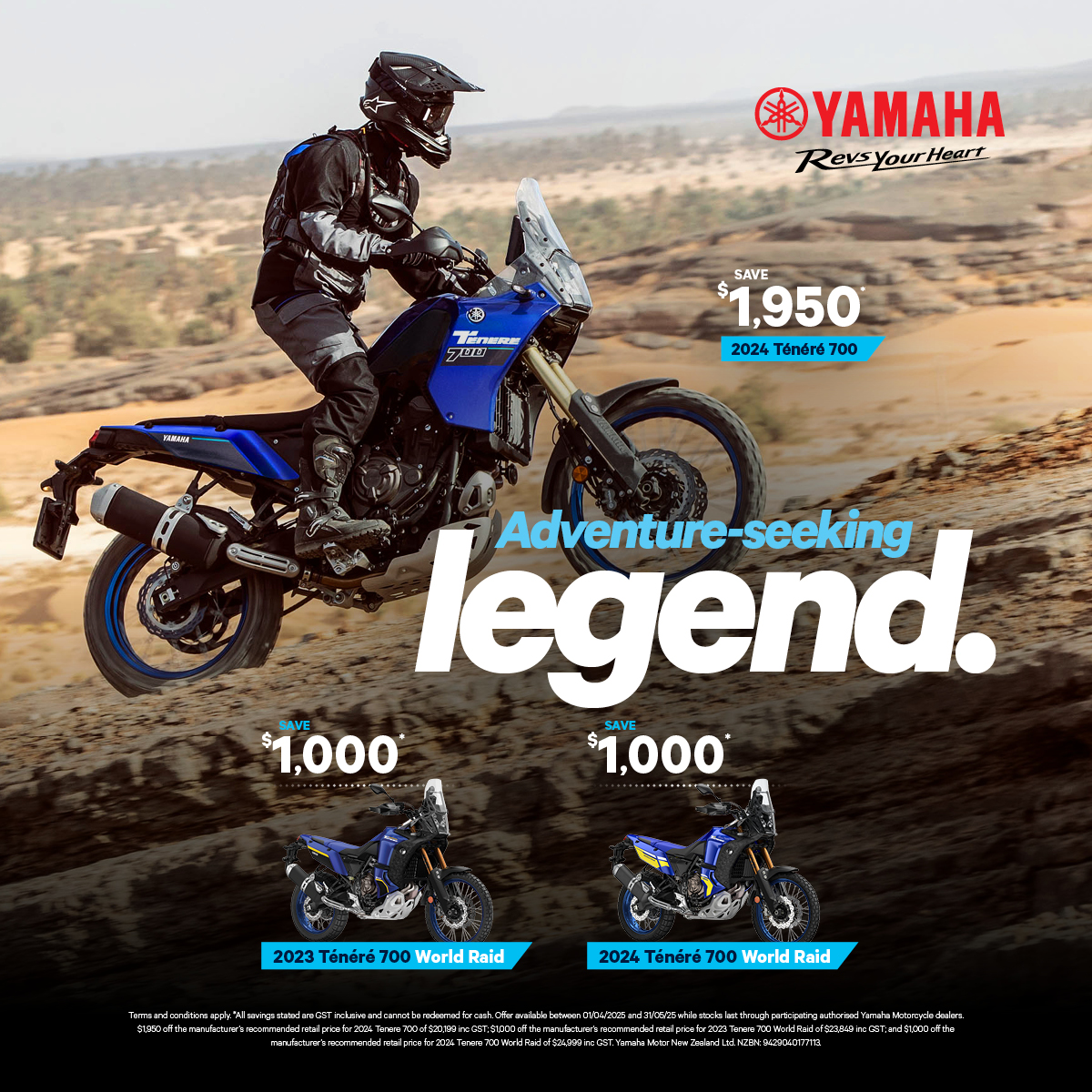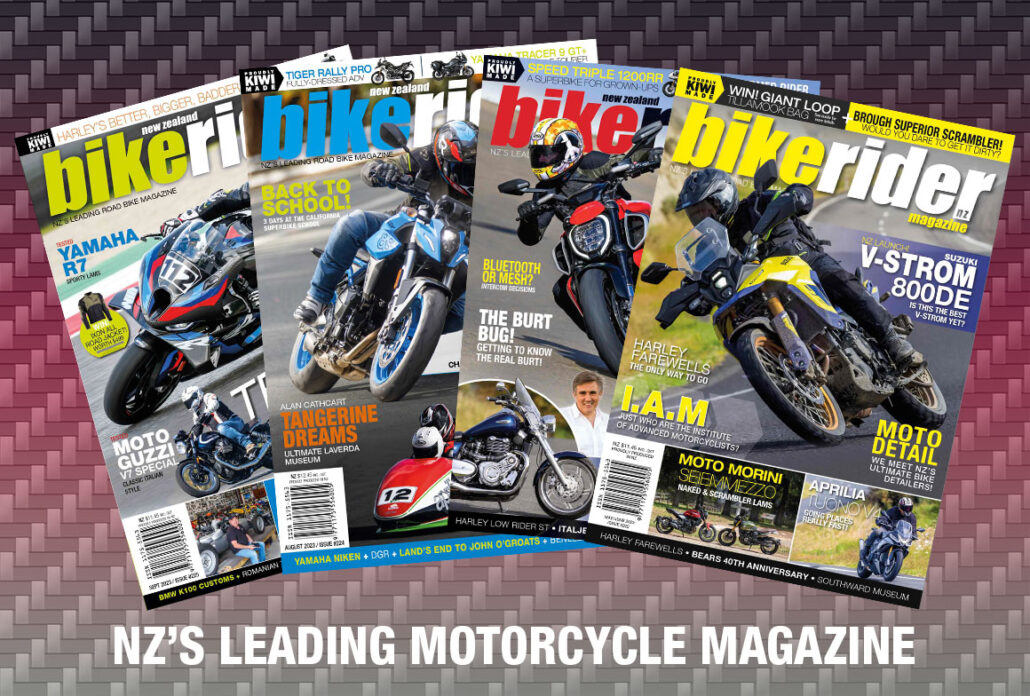With the rare opportunity to have not ridden one, but two different manufacturers World Supersport spec machines during the 2017 European season, Kiwi racer Connor London talks us through the differences between the Suzuki and Kawasaki 600s.
Words: Connor London Photos: RSV Phoenix and Team Green Speed
I have always been a Suzuki rider, I started my 600 career three years ago on a Suzuki and I had my first taste of European Supersport on a Suzuki. In New Zealand, Suzuki takes up almost half the grid of both the Supersport and Superbike classes. If you look back the last 10 years, the majority of the Superbike and Supersport titles are won by Suzuki riders.
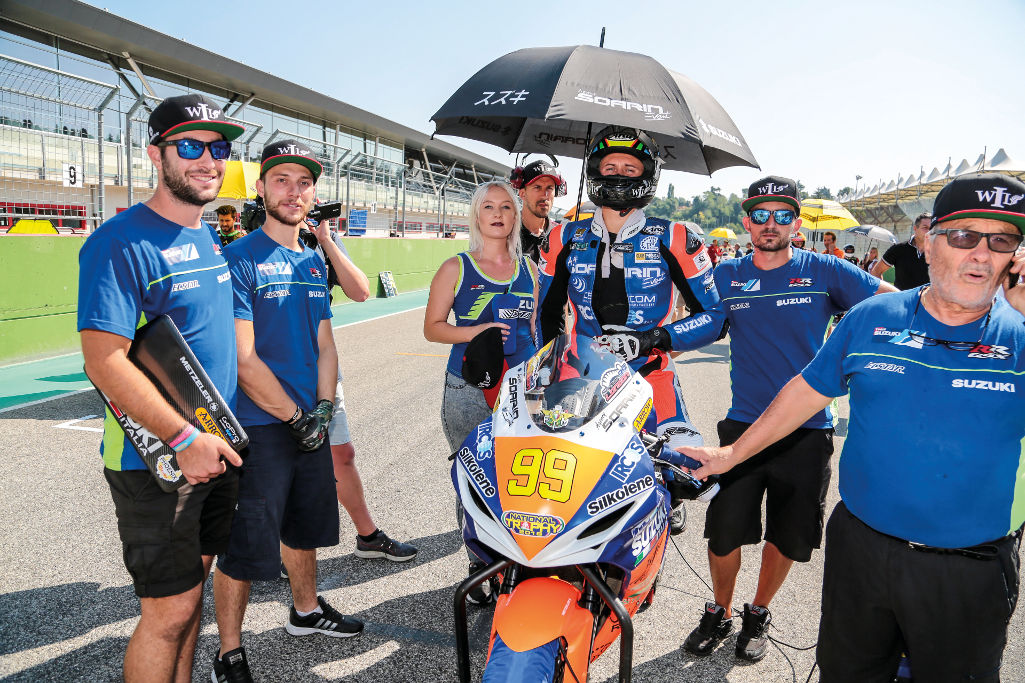 In comparison, in Europe Suzuki has been considered the least competitive bike up until the new 2017 GSXR1000 was released. Which is why there are so few of them competing on the international stage.
In comparison, in Europe Suzuki has been considered the least competitive bike up until the new 2017 GSXR1000 was released. Which is why there are so few of them competing on the international stage.
Why is the Suzuki the preferred bike for riders in New Zealand? Is it simply a reflection of the level of support Suzuki NZ gives to riders?
While I can’t say anything on the 1000 class, this year I have been fortunate enough to race both a ZX6 and GSXR600 race bike at the highest level. I began the year racing with Suzuki supported team Suzuki Phoenix Racing in the European Supersport class (which is a class inside the World Supersport) and in the Italian National Championship. After some extreme difficulties with the team we parted ways. Although this was more a reflection of the team management and not the bike.
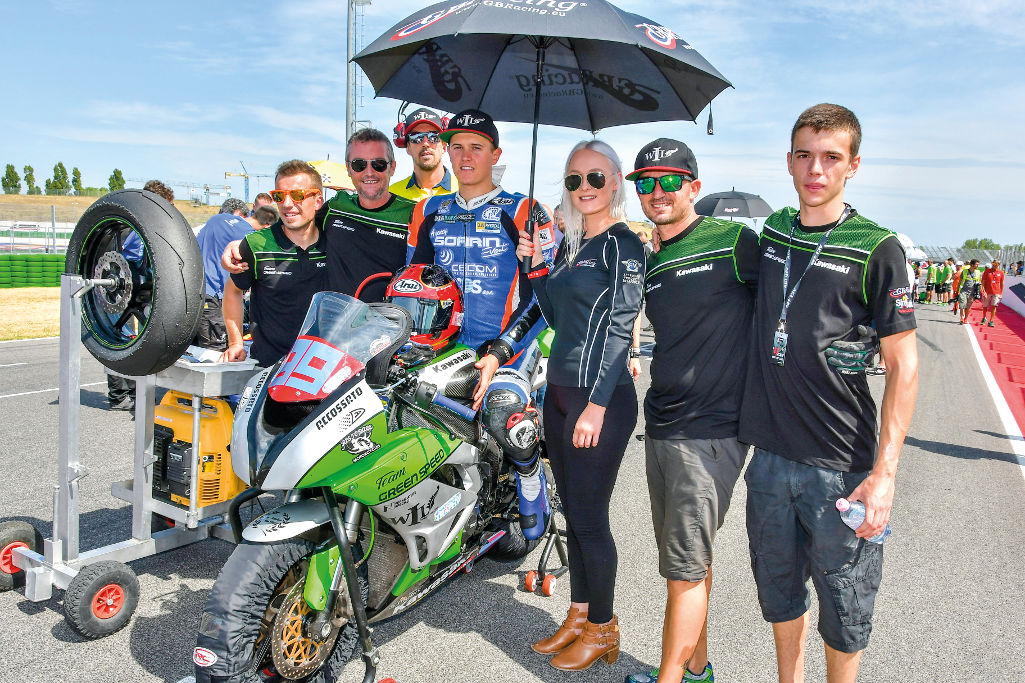 I then had a race with an Italian Kawasaki team, Team Green Speed, in the Italian National Trophy. Looking back now I can’t help but wonder how much better my results would have been this season if I had the benefit of a well organised pit crew like Team Green.
I then had a race with an Italian Kawasaki team, Team Green Speed, in the Italian National Trophy. Looking back now I can’t help but wonder how much better my results would have been this season if I had the benefit of a well organised pit crew like Team Green.
Having ridden both bikes now at Misano I’d be interested in hearing how my experience compares to others on these bikes.
My own riding style has developed around being fast on the GSXR600. The Suzuki is a very mild bike, because of the lower, smoother power delivery you need to carry a lot of corner speed while always keeping the RPM high in the ideal power range. The front end of the Suzuki has a lot of grip and is very predictable, you can get a lot of feeling from the front end through the whole corner. Whereas the Kawasaki has a lot more power which can be a bit of a handful in tricky conditions, you can get away with a lower corner speed and brake a lot further into the corner and use the power to drive out of the corner. On entry, the bike is stable and you can really push the front into the corners but the feeling is not as good as the Suzuki mid corner.
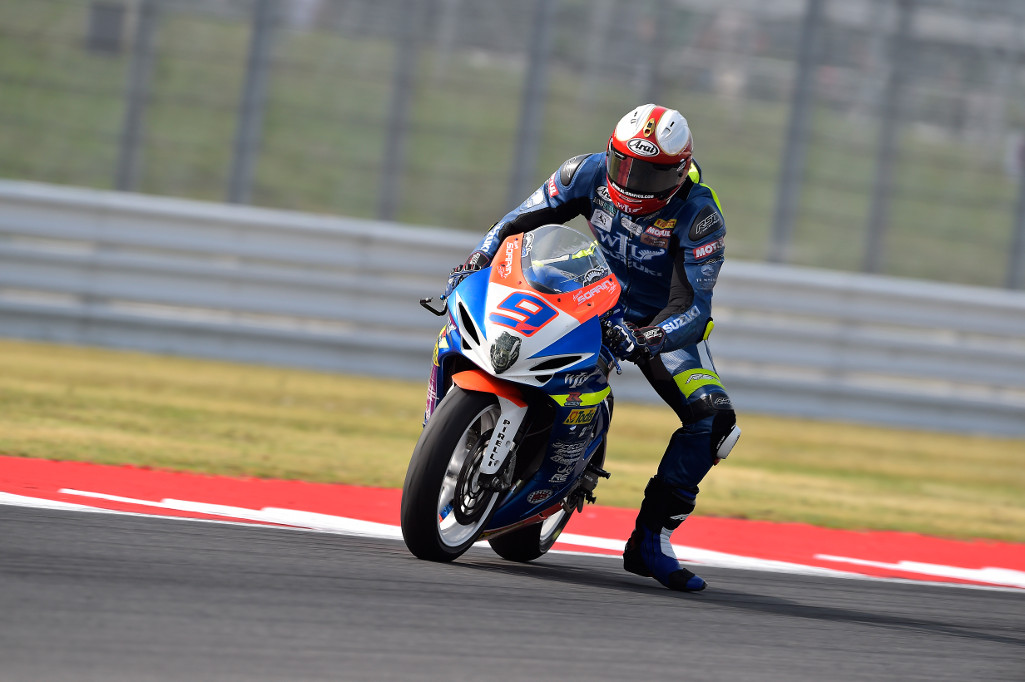 The brakes on the Suzuki are more powerful than the Kawasaki, that is until the brakes begin to heat up the and lever starts to come into the bar, making it easy to make a mistake and run wide. With the ZX6, the breaks aren’t amazing but they stay constant throughout the whole race and never fade, even in the Italian 42-degree heat.
The brakes on the Suzuki are more powerful than the Kawasaki, that is until the brakes begin to heat up the and lever starts to come into the bar, making it easy to make a mistake and run wide. With the ZX6, the breaks aren’t amazing but they stay constant throughout the whole race and never fade, even in the Italian 42-degree heat.
On the Suzuki, you have to brake hard and aggressive, roll in to the turn fast, pick up neutral throttle early and wind the gas on hard. The GSXR will always hold a nice line on the exit of corners. You can get away with having the throttle wide open in the apex, without the rear sliding out too much and losing grip. But, if you mess up the entry to the corner and lose momentum, it is difficult to get a good drive from the corner. The Kawasaki needs to be stable before entering the turn, you can’t be as aggressive when throwing out the anchors. You need to use a lot of rear brake to help stabilise the bike under brakes and on entry, which is not an easy thing to do and something I have not yet mastered. If you make a small mistake it is easier to get away with not losing too much time, you can use the power to drive out. With all 600 bikes it is important to maintain good momentum through all the corners but the Kawasaki is more forgiving.
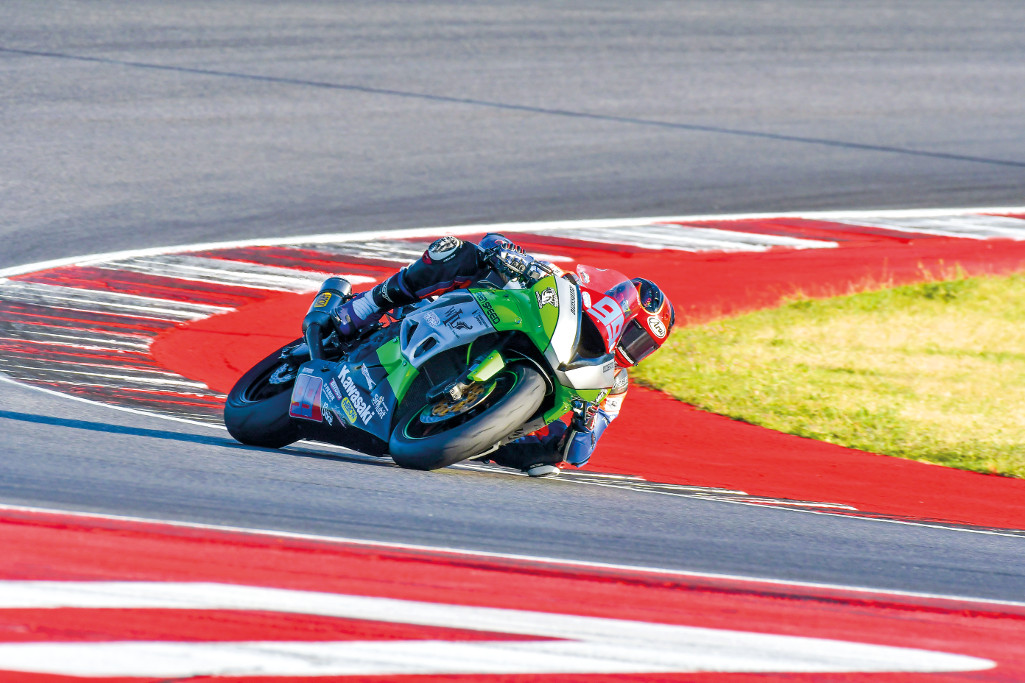 Here’s the tricky bit. After my first session, the first thing the team said to me was I have to turn the bike at the apex by sliding the rear around, which I never did on the Suzuki. To me at first it sounded a bit crazy but the ZX6 likes to slide on the exit. In the few laps I had on the ZX6, it was quickly clear that sliding the bike is the only way you can knock down the lap time. To be fast on the Kawasaki is a lot more physically and mentally demanding and requires a very different type of riding to master it. I only had a hand full of sessions to get used to the ZX6, which is a very short amount of time to learn a new bike, yet still I was faster on the Semi Stock ZX6 than I was on the full World Supersport GSXR600 at the same track.
Here’s the tricky bit. After my first session, the first thing the team said to me was I have to turn the bike at the apex by sliding the rear around, which I never did on the Suzuki. To me at first it sounded a bit crazy but the ZX6 likes to slide on the exit. In the few laps I had on the ZX6, it was quickly clear that sliding the bike is the only way you can knock down the lap time. To be fast on the Kawasaki is a lot more physically and mentally demanding and requires a very different type of riding to master it. I only had a hand full of sessions to get used to the ZX6, which is a very short amount of time to learn a new bike, yet still I was faster on the Semi Stock ZX6 than I was on the full World Supersport GSXR600 at the same track.
It is a very different world of racing here in Europe compared to little old New Zealand. At home in NZ it is a different level of riding as there are considerably fewer riders. The races have half as many laps. Tracks are much shorter, tighter and narrower. We have high curbs that you can’t touch as they are built for cars, track surfaces that have a lot less grip and white lines that are ridiculously slippery. We have unpredictable weather where we often ride in the rain. All these factors create a very different type of racing for us in Kiwi land. The consistency of the GSXR and user-friendly nature makes it the ideal bike for race on our tracks. Although with the right rider on it, the ZX6 can be just as, if not more competitive than the GSXR, as we have seen with Shane Richardson the last few years. I can’t say much more about the other manufacturers of 600 machines as I have yet to experience anything other than these two models.
The Kawasaki was fun to ride and I’m sure Shane will let me know if I’m doing it wrong!

